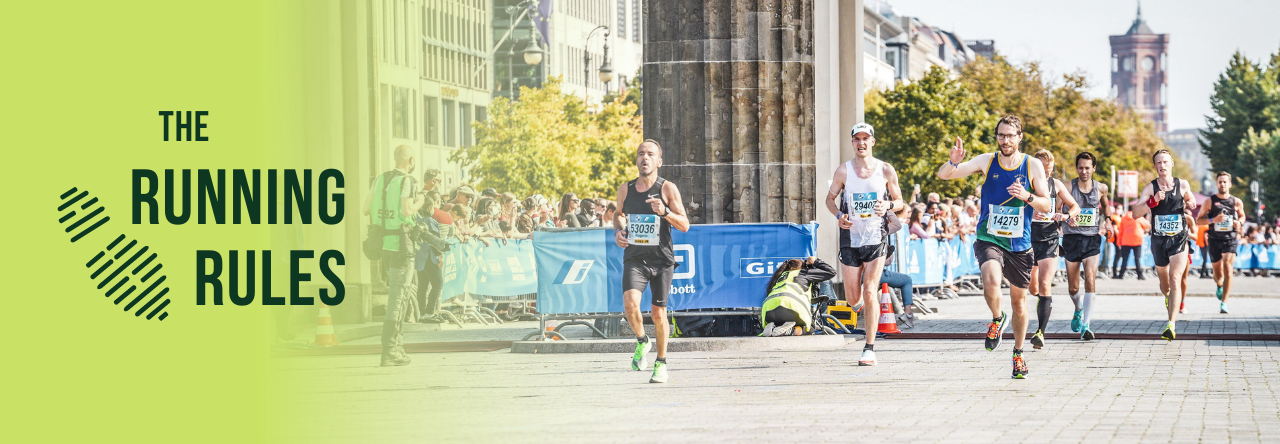Hang your head in shame if you’ve ever said or thought any of these things about X <substitute X with name of rival faster runner>.
- “I’ll never be as fast as X”.
- “X must be naturally gifted as a runner”.
- “X never seems to work as hard in training yet always finishes ahead of me”.
- “X’s PB is minutes faster than mine”.
- “I hate X – in the nicest possible way”.
Ok – X-hating over? Good because I need to lift my head as well to write the rest of this article!
Running at our level is supposed to be fun and not overly competitive – right? Well I’d be lying if I said I hadn’t had some of those thoughts in the past. No matter how well you get on with your club mates, siblings, colleagues or whoever else you run with, you want to try and do better than them.
And why not? Running is essentially a solo sport and whilst we want to see those people do well, we are most interested in doing well ourselves.
It’s natural to see the results of others and then dismiss the work they have put in to get where they are. In business, Ramit Sethi calls this the iceberg effect but it applies to sport too.
Let me say again that we are most interested in doing well ourselves. So what are we really saying when we say the things above? We’re not really complaining about how good X is, we’re moaning about how bad we are. We’re really saying this:
- “I’ll never be as fast as I want to be”.
- “I’m not a naturally gifted runner so I’ll never be any good”.
- “I feel like I’m working hard in training but it doesn’t seem to be paying off”.
- “I want my PB to be minutes faster than it is”.
- “I hate myself – in the worst possible way”.
Right – self-loathing over now? Good, we’ve changed the focus from other people to ourselves but we’re still far too negative. We’re using excuses to mask the real reason we’re not improving as fast as we’d like.
We need our training to be better. Notice I didn’t say “we need to train harder”. Many people’s answer to getting faster is just to train more. “You just need to up the mileage”. That’s simply not true. Whilst you may get some slow improvement from doing that it won’t be nearly as effective as 3-5 varied sessions in a week.
The specifics of these will depend on what you are training for. But essentially the sessions boil down to the same for most things. Long, speed, hills and tempo. These are discussed in more detail in the previous blog.
For now let me turn this on its head and ask you this. What would it feel like if someone said these things about you:
- “I’ll never be as fast as you”.
- “You must be naturally gifted as a runner”.
- “You never seem to work as hard in training yet always finish ahead of me”.
- “Your PB is minutes faster than mine”.
- “I hate you – in the nicest possible way”.
It would feel pretty good – even if we didn’t say so wouldn’t it? And it is certainly possible. In fact I would go further than that. If you start focusing on improving yourself it will naturally follow.
